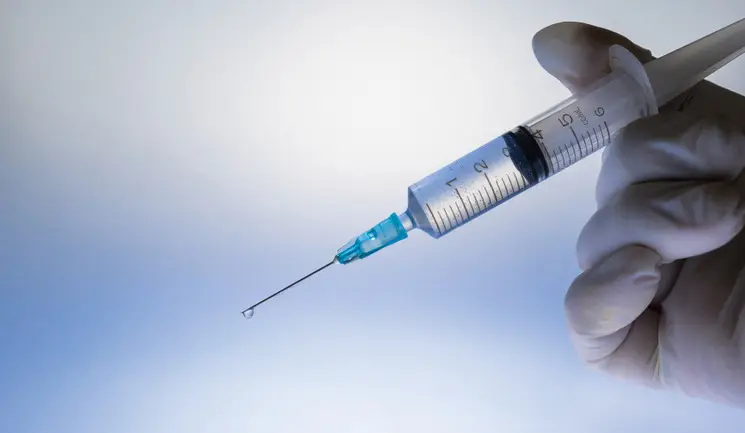Nurse prescriber Sharon King and Dr Martyn King outline how practitioners can minimise the risk of contracting blood-borne viruses
To access this post, you must purchase Aesthetics Journal Membership – Annual Elite Membership, Aesthetics Journal Membership – Annual Enhanced Membership or Aesthetics Journal Membership – Basic Membership.
log in
log in

